Do Eagles Eat Robins? Let’s uncover the truth behind this aerial rivalry and find out if these majestic birds of prey have a taste for our chirpy backyard friends.
Prepare for an exhilarating journey through the skies as we explore the eating habits of eagles, their diverse diet, and the fascinating world of avian interactions.
The answer awaits, and surprises abound! Keep reading to unravel this feathery mystery.
Table of Contents
- 1 Do Eagles Eat Robins
- 2 Key Takeaways
- 3 Introduction to Eagles and Their Diet
- 4 Overview of Eagle Species
- 5 Eagle Feeding Habits
- 6 Common Prey for Eagles
- 7 Examination of Robin Diet
- 8 Potential Interaction Between Eagles and Robins
- 9 Factors That Influence Eagle Food Choices
- 10 Study Findings on Eagle-Robin Predation
- 11 Observations from Bird Experts and Researchers
- 12 Conclusion: Do Eagles Eat Robins?
- 13 Further Resources for Bird Enthusiasts
- 14 Frequently Asked Questions
- 14.1 How do eagles hunt for their prey?
- 14.2 What are some other common prey species for eagles?
- 14.3 Are robins a common food source for eagles?
- 14.4 What are the factors that determine what eagles choose to eat?
- 14.5 Are there any studies or research that have been conducted on the predation of robins by eagles?
- 15 Author
Do Eagles Eat Robins
Eagles generally don’t target robins as their primary prey. While it’s uncommon, hungry eagles may opportunistically prey on smaller birds like robins. Their diet mainly consists of fish, small mammals, and waterfowl.
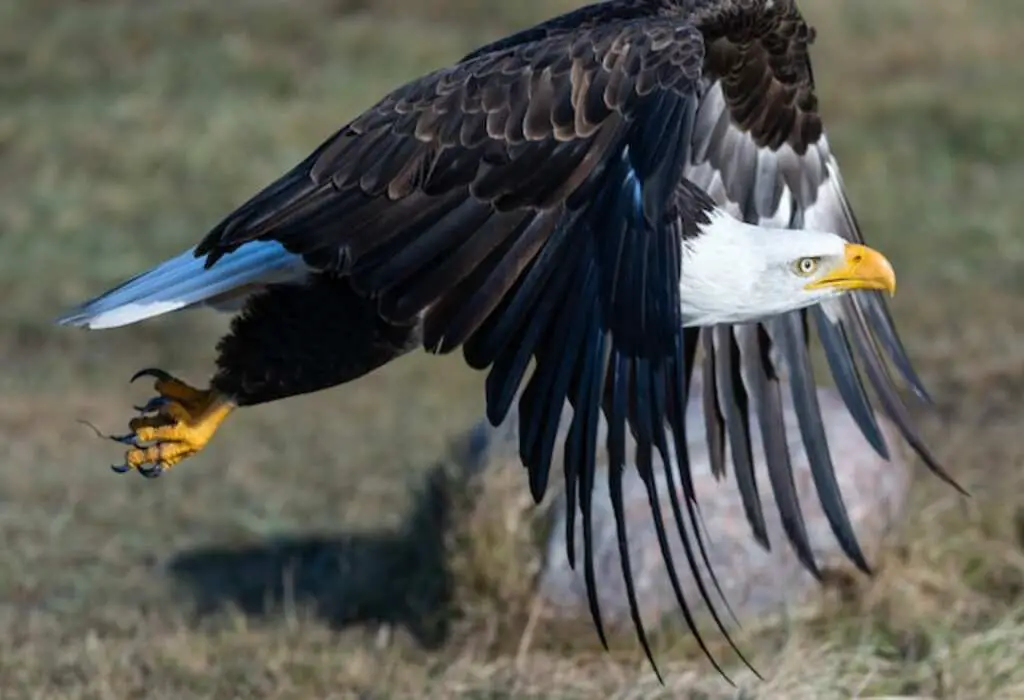
Key Takeaways
- Eagles have a diverse diet that includes small mammals, fish, and birds like robins.
- Eagles target robins as an alternative food source during scarcity, primarily adult robins.
- Eagles control prey populations and recycle nutrients, playing a crucial role in ecosystems.
- Eagle predation can affect robin behavior and nesting patterns.
Introduction to Eagles and Their Diet
Eagles are known for their predatory nature and diverse diet, which includes various small mammals, fish, and birds such as robins.
These majestic birds employ various hunting techniques to capture their prey, such as soaring high above their habitat and using their keen eyesight to spot potential targets.
Once identified, eagles will swoop down at incredible speeds and use their strong talons to grasp and immobilize their prey.
Robins, being small birds, are often on the menu for eagles due to their availability and vulnerability.
However, it is important to note that the consumption of robins does not pose a significant threat to their population decline, as eagles have a wide range of food sources.
In the subsequent section, an overview of different eagle species will be provided.
Overview of Eagle Species
The diverse range of eagle species includes majestic and awe-inspiring birds known for their impressive wingspans and remarkable hunting skills.
Eagles are found on every continent except Antarctica, and their populations vary greatly depending on the region.
Among the notable eagle species are the Bald Eagle, the national bird and symbol of the United States, and the Golden Eagle, renowned for its powerful talons and swift flight.
Eagles play a crucial role in ecosystems by controlling populations of prey species and recycling nutrients.
Conservation efforts are vital to ensuring the survival of these magnificent birds, as habitat loss and hunting pose significant threats to their populations.
Studies on bird migration patterns have shown that eagles exhibit remarkable navigational abilities, utilizing various cues such as the Earth’s magnetic field and visual landmarks to navigate their long-distance journeys.
Understanding these patterns is crucial for effective conservation strategies.
Transitioning to the next section about ‘eagle feeding habits’, it is important to explore how these impressive birds sustain themselves in their habitats.
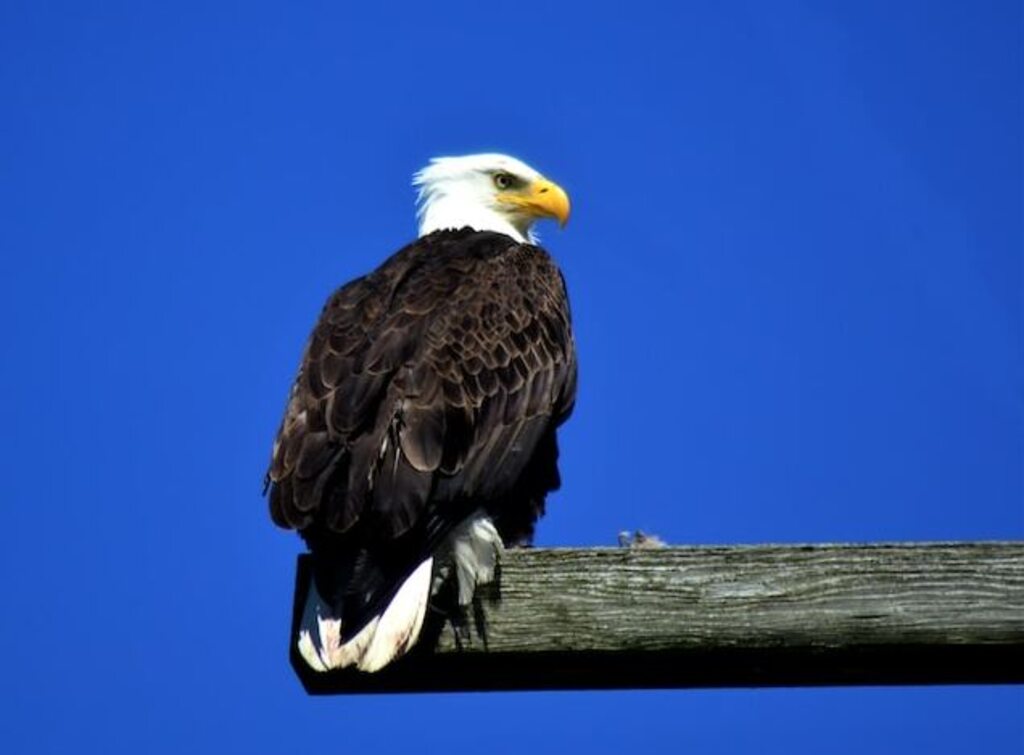
Eagle Feeding Habits
Predatory instincts drive the behavior of eagle species, leading them to employ various hunting strategies to secure sustenance in their respective habitats.
Eagles are known for their remarkable eyesight, powerful talons, and strong beaks, which allow them to effectively capture and consume a wide range of prey.
While eagles are opportunistic hunters, their feeding habits can vary depending on their specific species and geographical location.
Some eagles primarily feed on fish, while others target mammals, reptiles, or birds. For example, the Bald Eagle, found in North America, has a preference for fish and waterfowl.
Regarding their impact on robin populations, it is worth noting that eagles do occasionally prey on robins, particularly during the nesting season when robins are more vulnerable.
However, it is important to consider that eagle migration patterns and other factors also influence robin populations.
Transitioning into the subsequent section about common prey for eagles, it is important to explore the diverse range of food sources that eagles rely on for sustenance.
Common Prey for Eagles
One of the factors that contribute to the diverse diet of eagles is the availability of a wide range of prey species in their respective habitats.
Eagles are known for their opportunistic prey selection, as they are capable of hunting and consuming a variety of animals.
Their hunting habits are influenced by factors such as habitat, size, and behavior of the potential prey.
Eagles primarily feed on fish, rodents, small mammals, reptiles, and birds. They have sharp, hooked beaks and powerful talons that enable them to capture and kill their prey efficiently.
The ability to fly and spot their prey from great distances also enhances their hunting success. In the next section, we will examine the diet of robins and explore their potential role in the eagle’s menu.
Examination of Robin Diet
Examining the diet of robins provides insight into the potential role they play in the menu of eagles.
Robins are omnivorous birds that primarily consume insects, earthworms, and fruits during the breeding season.
However, during winter months when insects are scarce, robins shift their diet to include berries and other fruits.
This dietary flexibility allows robins to adapt to different environments and survive in diverse habitats.
In addition to their diet, robin migration patterns and nesting habits also contribute to their availability as prey for eagles.
Robins are known for their migratory behavior, with some populations traveling long distances during the winter months.
Furthermore, robins build their nests in open areas such as trees and shrubs, making them more visible and accessible to aerial predators like eagles.
Understanding these aspects of robin biology is crucial in assessing the potential interaction between eagles and robins in their natural habitats.
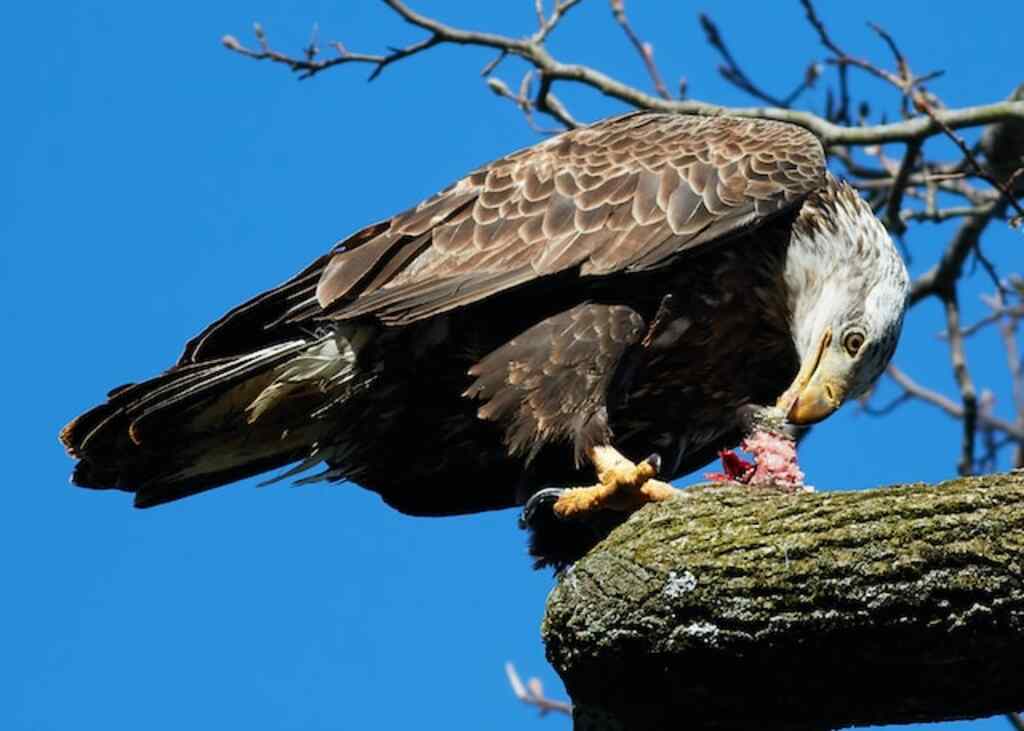
Potential Interaction Between Eagles and Robins
The potential interaction between eagles and robins in their natural habitats is a topic of significant interest, given the contrasting dietary preferences and nesting habits of these two avian species.
While eagles are known to primarily consume fish and small mammals, robins are insectivorous and feed mainly on earthworms, insects, and fruits.
Despite these differences, there are potential threats that could lead to an ecological impact on the robin population by eagles.
Eagles are opportunistic predators and may target robins as an alternative food source, especially during times of scarcity.
Such predation could result in a decrease in the robin population and disrupt the delicate balance within the ecosystem.
Factors such as habitat availability, prey abundance, and competition with other species may influence eagle food choices.
Transitioning into the subsequent section about these factors provides a comprehensive understanding of the dynamics between eagles and robins.
Factors That Influence Eagle Food Choices
Factors such as habitat availability, prey abundance, and competition with other species play a crucial role in shaping the dietary preferences of eagles.
Eagles are opportunistic predators and their prey preferences can vary depending on these factors.
While eagles are capable of hunting a wide range of prey, including fish, small mammals, and other birds, their preference for robins specifically may be influenced by the robin population dynamics and availability of alternative prey.
Robins are common and widely distributed birds, making them a potential food source for eagles.
However, the availability of other prey species, such as rodents or fish, may impact the eagles’ choice to target robins.
Understanding the factors that influence eagle prey preferences, including the dynamics of the robin population, can provide valuable insights into the interactions between eagles and robins.
This knowledge can contribute to a better understanding of the broader ecological dynamics in which these species are involved.
Transitioning into the subsequent section, study findings on eagle-robin predation have shed light on the specific patterns and impacts of this interaction.
Study Findings on Eagle-Robin Predation
Revealing the intricate dance of predator and prey, study findings on the interplay between eagles and robins have unraveled the hidden threads that weave their fate together.
The eagle-robin population dynamics have been the focus of extensive research, shedding light on the impact of eagle predation on robin populations.
Through meticulous observation and data analysis, researchers have identified three key insights:
- Eagles primarily target adult robins, which has a significant effect on the overall population.
- The frequency of eagle-robin interactions varies depending on the region and habitat, suggesting that environmental factors play a crucial role.
- The presence of eagles can lead to changes in robin behavior, such as altered nesting patterns and increased vigilance.
These findings highlight the complex relationship between eagles and robins and emphasize the need for further investigation into the ecological consequences of eagle predation. Observations from bird experts and researchers will provide deeper insights into this captivating phenomenon.
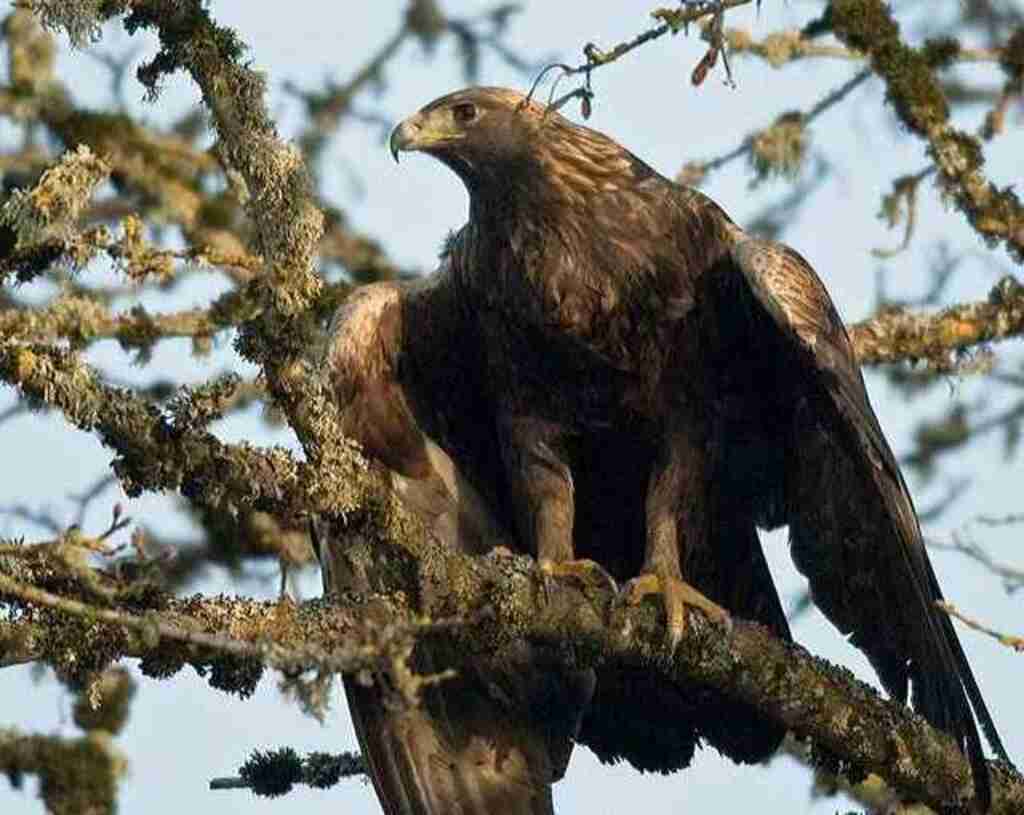
Observations from Bird Experts and Researchers
Insights from ornithologists and scientific researchers provide valuable perspectives on the intricate dynamics between eagles and robins.
These experts have extensively studied the feeding patterns of robins and the migration patterns of eagles to shed light on the potential predation relationship between these two bird species.
Robins are known to have a diverse diet, consisting primarily of insects, earthworms, and fruits. However, they are also opportunistic feeders and may consume smaller birds when available.
Eagle migration patterns further contribute to the potential interaction between eagles and robins, as they often overlap in certain regions during specific times of the year.
These observations highlight the complexity of the predator-prey relationship between eagles and robins and provide important insights into their ecological interactions.
Transitioning to the subsequent section about the conclusion: do eagles eat robins, these findings help inform our understanding of this topic.
Conclusion: Do Eagles Eat Robins?
In conclusion, based on the observations and research conducted by bird experts, it can be determined that eagles do eat robins as part of their diet.
This predation behavior is not limited to a specific species of eagle, as various types have been observed engaging in robin predation.
The diet of eagles is diverse and includes a wide range of prey, with robins being just one of many potential food sources. To further emphasize this point, consider the following table:
| Eagle Species | Prey Items |
|---|---|
| Bald Eagle | Fish, small mammals, waterfowl, robins |
| Golden Eagle | Rabbits, ground squirrels, birds, robins |
| Harpy Eagle | Monkeys, sloths, birds, robins |
This table illustrates the varied diet of different eagle species, highlighting the inclusion of robins as a potential food item.
For bird enthusiasts seeking further resources, there are numerous books, research papers, and online platforms dedicated to studying and observing bird behavior and ecology.
These resources can provide a wealth of information and insights for those interested in expanding their knowledge in this field.
Further Resources for Bird Enthusiasts
For those passionate about avian studies, there exists a plethora of valuable resources that offer extensive information and research on bird behavior and ecology.
Bird migration is a fascinating subject that many bird enthusiasts delve into.
To learn more about this phenomenon, one can consult books such as ‘The Genius of Birds’ by Jennifer Ackerman, or ‘Living on the Wind: Across the Hemisphere With Migratory Birds’ by Scott Weidensaul.
Additionally, birdwatching techniques are crucial for observing and studying birds in their natural habitats.
Resources like ‘The Sibley Field Guide to Birds of Eastern North America’ by David Allen Sibley or ‘The Stokes Field Guide to the Birds of North America’ by Donald and Lillian Stokes provide detailed information on bird identification and observation.
These resources offer valuable insights for those who wish to explore the captivating world of birds.
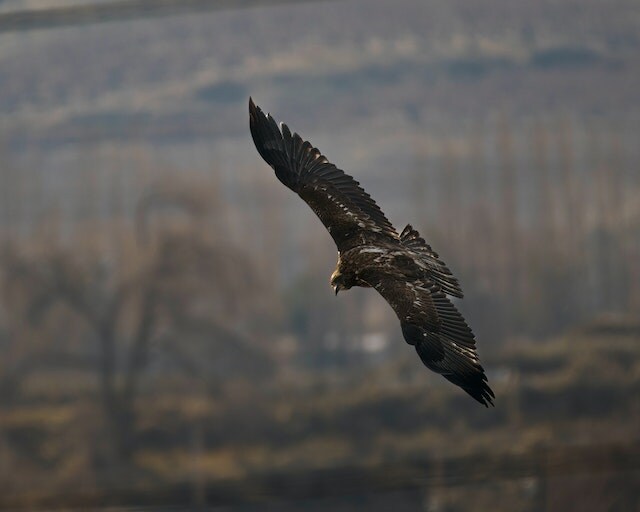
Frequently Asked Questions
How do eagles hunt for their prey?
Eagles employ various hunting techniques to capture their prey, selecting targets based on specific factors. These techniques include aerial hunting, perch hunting, and stealthy stalking. Factors influencing prey selection include size, behavior, and availability of suitable habitats.
What are some other common prey species for eagles?
Common prey species for eagles include rabbits, squirrels, fish, and small mammals. Understanding predator-prey relationships is crucial in studying ecosystems, as it helps determine the impact of eagles on their prey populations and the overall ecosystem dynamics.
Are robins a common food source for eagles?
Robins are not a common food source for eagles. Predation patterns indicate that eagles primarily target larger prey species. Consequently, robin populations are not significantly impacted by eagle predation.
What are the factors that determine what eagles choose to eat?
Factors influencing eagle prey selection include prey availability, size, and behavior. The impact of habitat on eagle diet is significant, as it determines the abundance and diversity of potential prey species.
Are there any studies or research that have been conducted on the predation of robins by eagles?
Predation studies on robin eagle interactions have been conducted. These studies provide scientific and detailed insights into the feeding habits of eagles and their interactions with robins, offering valuable information for those interested in this topic.



